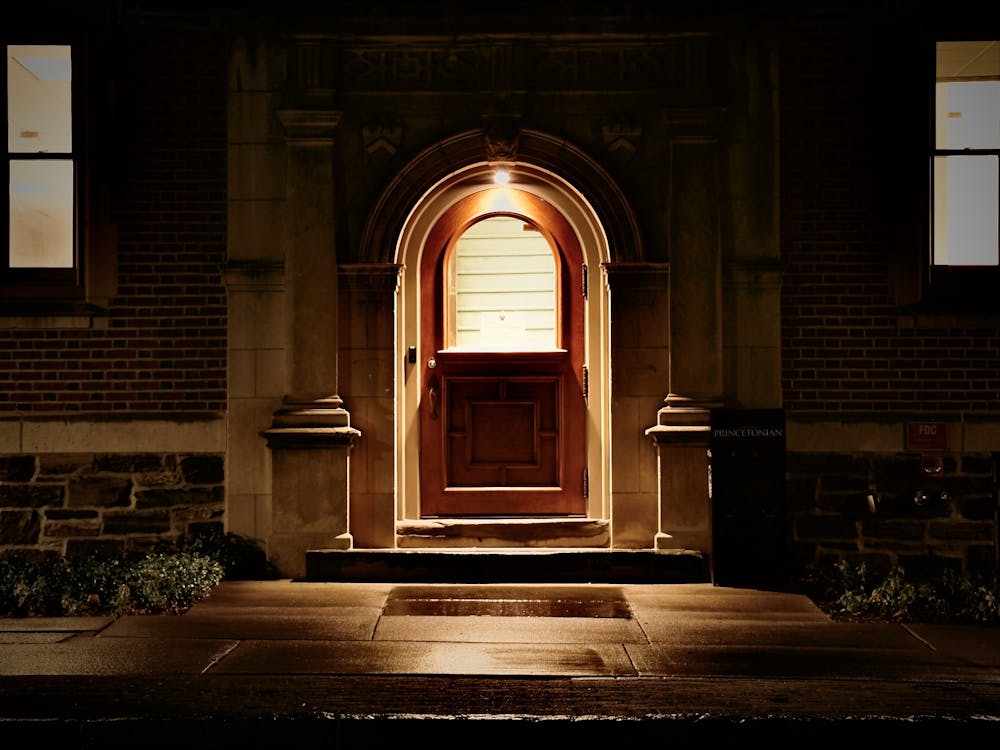The University is suing the United States Department of Education in an attempt to keep seven years of admissions records hidden from the public. The cover-up is hardly unexpected — Princeton engages in discriminatory admissions policies under the pretext of "affirmative action" despite having lost sight of the very goals that the concept was originally intended to promote.
There is no denying that Princeton, like many of its peers, uses race-based affirmative action in its admissions decisions, a process that has engendered an apparent quota on students of Asian descent. Ron Unz, writing in the New York Times, calls the evidence of an Asian quota in admissions “powerful.” Despite the fact that the college-aged Asian-American population doubled between 1992 and 2011, Asian enrollment at Harvard still declined during this period. (It was even lower at Princeton.) By comparison, at Caltech — which has race-blind admissions — enrollment of Asian-American students has doubled with the population.
The University’s lawsuit to keep admissions records hidden perpetuates this controversy. Instead, Princeton should release its admissions records, address this discrepancy head-on, and lead a movement in higher education toward progressive, economic-based, race-blind policies that fulfill the intended goals of affirmative action.
We’ve lost sight of what affirmative action aims to change in our higher education system. It seeks to promote the American dream and give everyone a fair chance regardless of their financial situation, parentage, or educational background. Princeton’s stated reason for refusing to release the admissions data — to protect a formula that counselors hired by privileged applicants can exploit — is a statement that certainly aligns with the goals of affirmative action. But it is not enough of a justification for covering up records when the University could reduce its economic bias simply by altering its admission policy.
If the University truly wants to support as many qualified lower-income applicants as possible, then it should do away with quota systems. Instead, it should disentangle race from the larger inequality that affirmative action tries to address. Racial preferences or redress aside, admissions should include policies aimed at helping those applicants who, by virtue of their socioeconomic background, might not otherwise have the opportunity to benefit from a world-class education. To counterbalance the advantages afforded to wealthy applicants, the admissions system at Princeton should adopt a need-based, race-blind system that promotes the upward movement of those on the bottom — be they black, Asian, white, or Hispanic.
Opponents of a need-based, race-blind system argue that society needs to correct for race-based disadvantages in America. I can only point out the irony: When correcting for discrimination against certain racial groups, we actively discriminate against another.
Others may contend that the policy should go further, that need-based admissions is not enough of an equalizer in the admissions process. For example, it doesn’t account for the fact that income and socioeconomic status do not preclude other disadvantage, as in the case of wealthy applicants from locations with fewer resources or lower-quality schools. But although there may be a handful of such cases, it’s still fair to estimate the advantages, educational or otherwise, to which wealthy applicants have access regardless of their location.
There’s no perfectly equitable admissions model. But a need-based, race-blind policy comes closer to leveling the playing fields of the disparate backgrounds of the candidate pools than the current practice. Such a policy would avoid the objectionable use of racial quotas while achieving the University’s goal of promoting socioeconomic equality among its disadvantaged applicants.
Hayley Siegel is a freshman from Princeton, N.J. She can be reached at hsiegel@princeton.edu.









